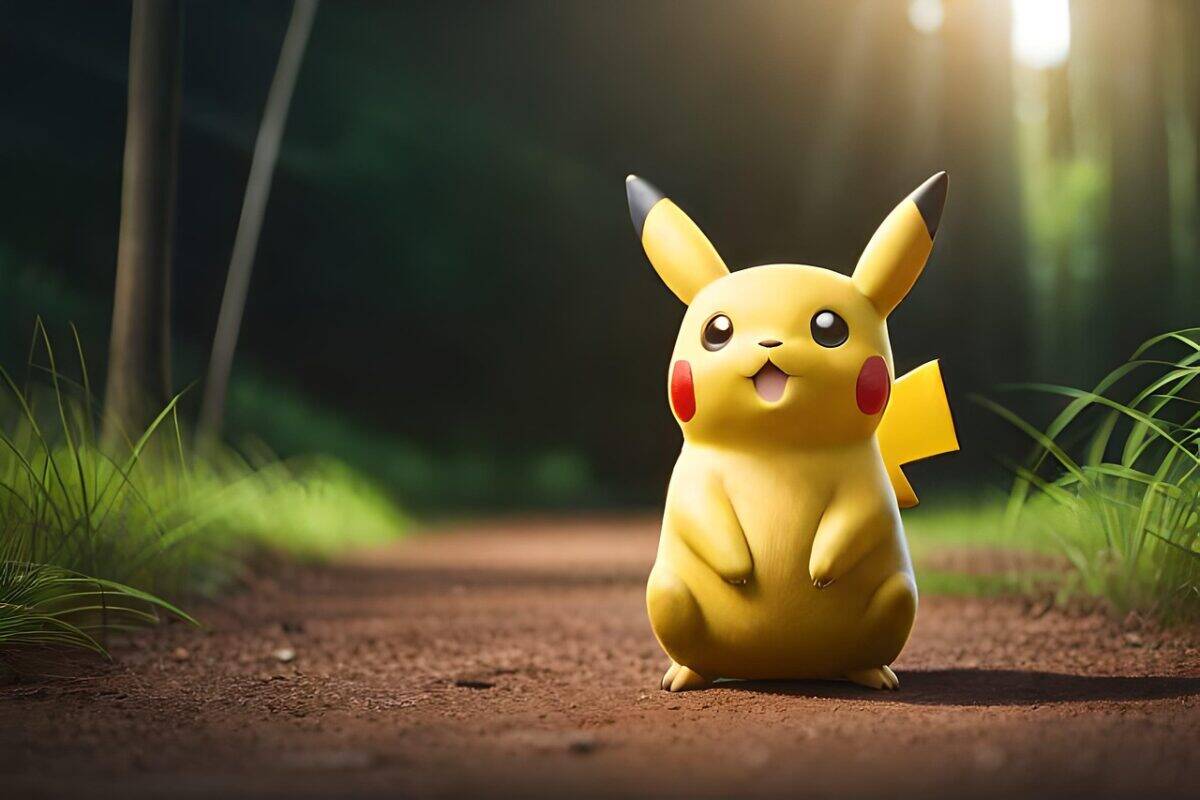When Pokémon took the world by storm in the late 1990s, one character emerged as the undeniable face of the franchise—Pikachu. This electric mouse Pokémon, with its yellow fur, red cheeks, and lightning bolt-shaped tail, has become one of the most recognizable fictional characters worldwide. But many fans may not realize that Pikachu wasn’t created from pure imagination. Like many Pokémon designs, Pikachu draws inspiration from real animals found in nature. This article explores the fascinating connection between Pikachu and its real-world counterpart, examining how nature informed one of pop culture’s most beloved characters.
The Real-Life Inspiration Behind Pikachu

Pikachu’s design was primarily inspired by the pika (pronounced PEE-ka), a small mammal belonging to the Ochotonidae family. These creatures are not actually rodents but lagomorphs, more closely related to rabbits and hares than to mice or rats. The creator of Pokémon, Satoshi Tajiri, and his team at Game Freak were known to draw inspiration from real-world animals when designing their pocket monsters. The name “Pikachu” itself combines “pika” with “chu,” the Japanese onomatopoeia for the sound of squeaking, creating a name that perfectly captures the essence of this electric creature.
Understanding the Pika
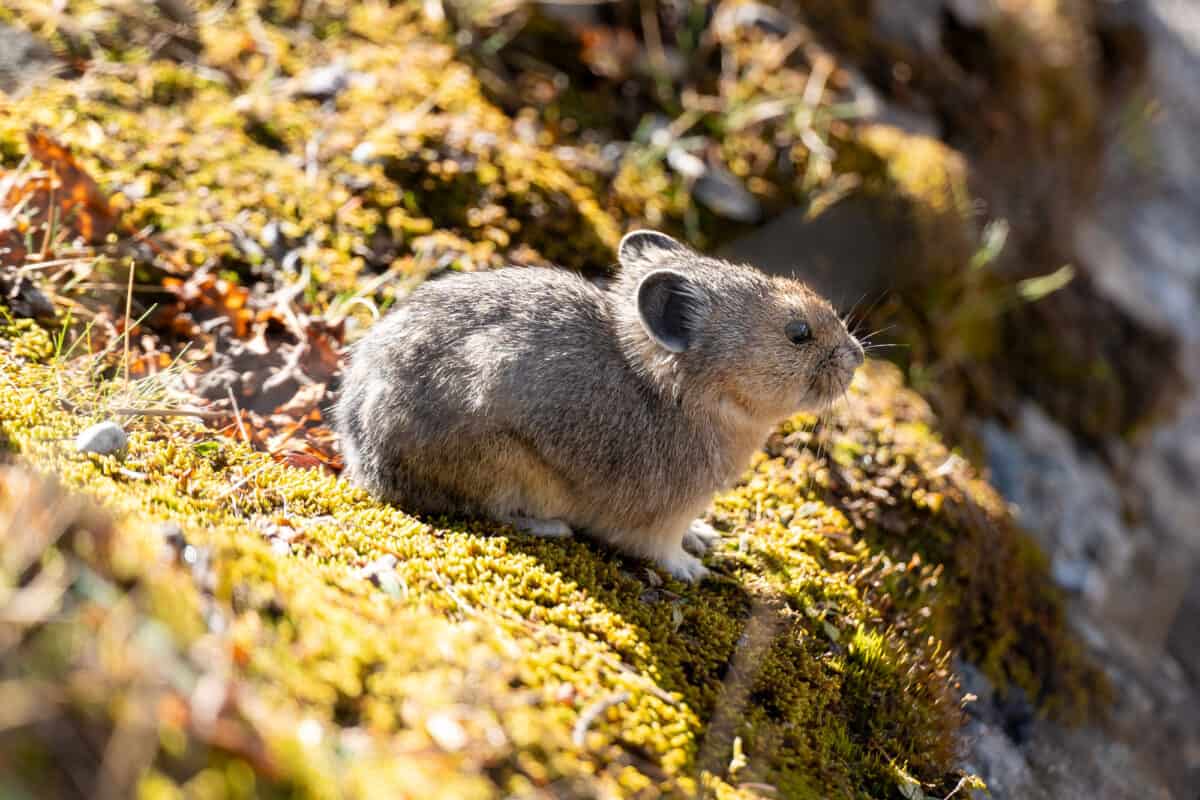
Pikas are small, round-bodied mammals that inhabit cold, mountainous regions throughout Asia, North America, and parts of Eastern Europe. There are approximately 30 species of pikas worldwide, with the American pika (Ochotona princeps) and the northern pika (Ochotona hyperborea) being among the most well-known. These creatures typically measure between 15-23 centimeters (6-9 inches) in length and weigh about 120-350 grams (4-12 ounces). With their compact bodies, rounded ears, and no visible tail, pikas have adapted perfectly to their harsh alpine environments where they live among rock piles known as talus.
Physical Similarities Between Pikas and Pikachu
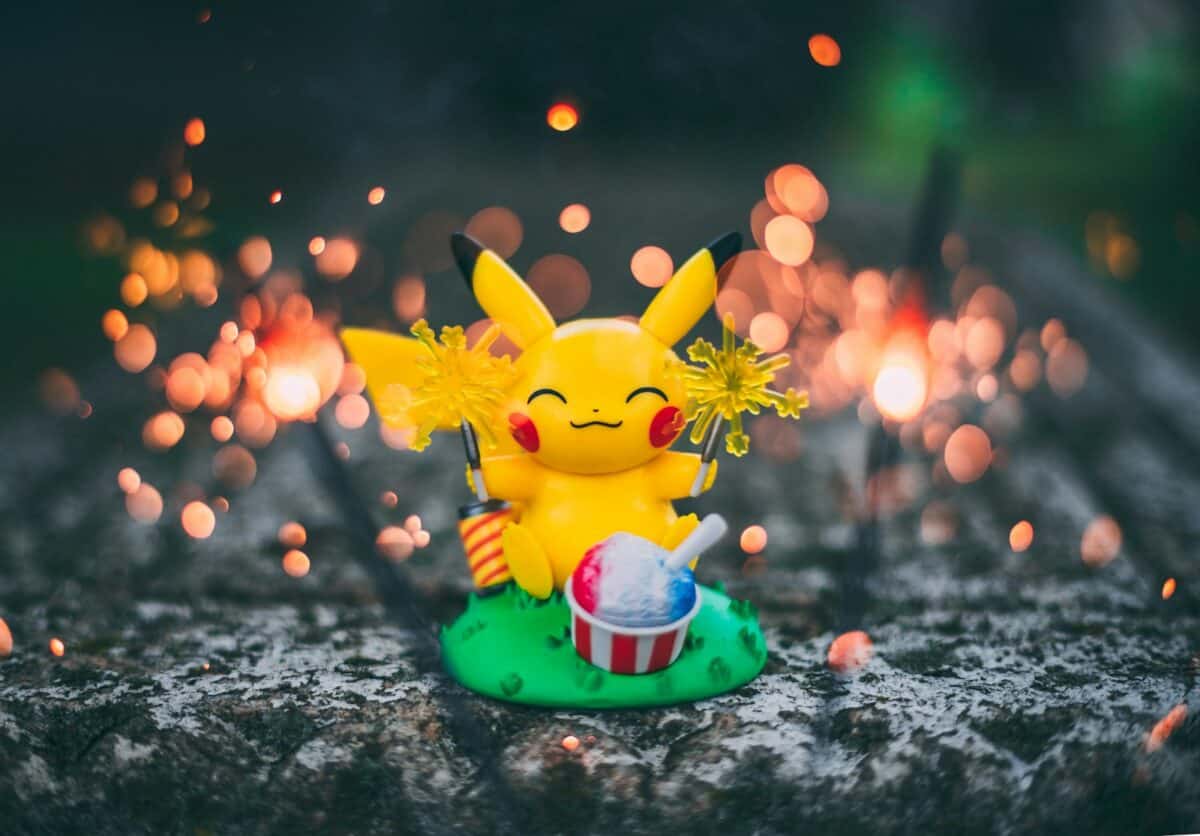
At first glance, the resemblance between pikas and Pikachu might not seem obvious, but upon closer examination, several key physical traits connect them. Both share a compact, rounded body shape that gives them an adorable, chubby appearance. The facial structure of pikas, with their small snouts and large, expressive eyes, mirrors Pikachu’s simplified but recognizable face. While Pikachu has prominent pointed ears, pikas also have distinct, rounded ears that, although smaller, contribute to their alert and attentive appearance. The primary divergence is in coloration—while Pikachu sports a bright yellow coat, real pikas typically have brownish-gray fur that helps them blend into their rocky habitats.
Behavioral Traits Shared with Pikachu
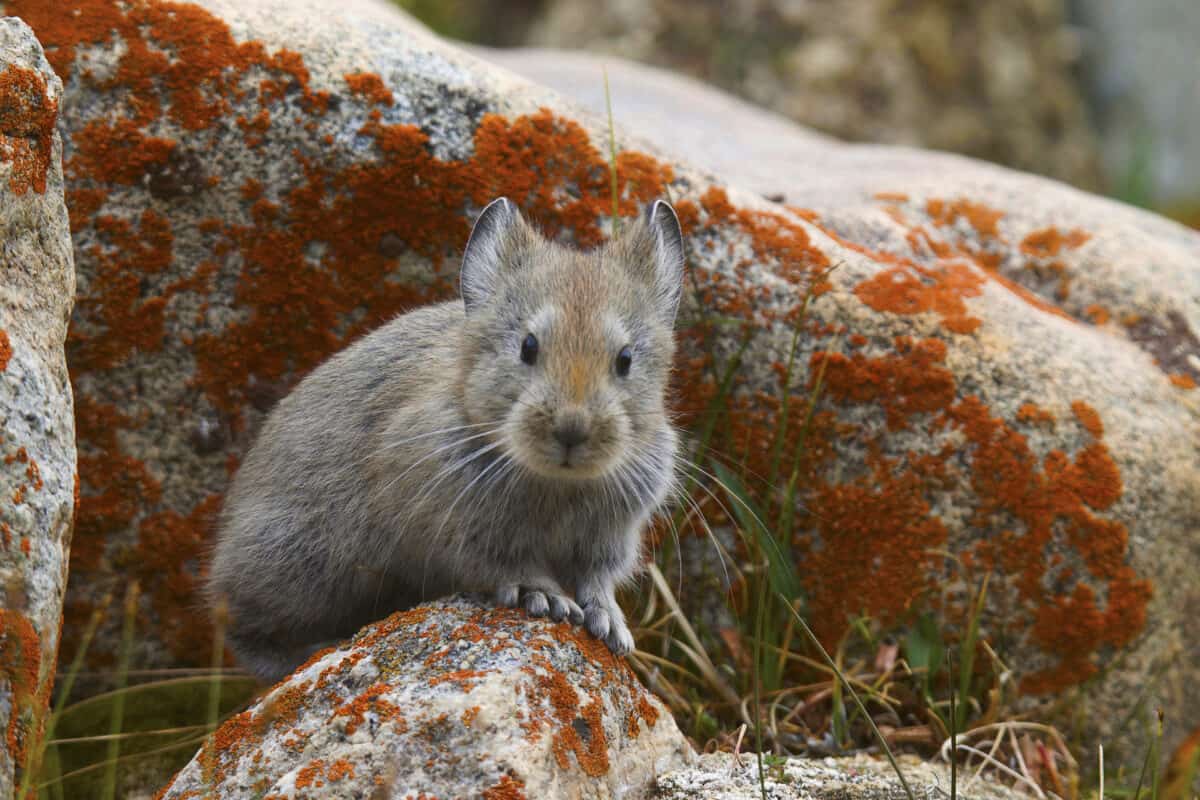
Beyond physical similarities, certain behavioral traits of pikas seem to have influenced Pikachu’s character development. Pikas are known for their distinctive high-pitched calls, which they use to communicate with each other across rocky terrain. This vocalization bears some resemblance to Pikachu’s iconic “Pika-Pika” call in the anime series. Additionally, pikas are incredibly energetic and agile creatures, capable of darting quickly among rocks and crevices—a trait reflected in Pikachu’s nimble movements and quick attacks in both the games and anime. Like Pikachu’s loyal relationship with trainer Ash Ketchum, pikas are known to form strong social bonds within their colonies, although they’re typically more territorial than the friendly Pokémon mascot.
The Mouse Connection: Combining Inspirations

While the pika provided the primary inspiration for Pikachu, the Pokémon also incorporates elements of mice, which is why Pikachu is officially categorized as the “Mouse Pokémon” in the Pokédex. This hybrid inspiration is evident in several aspects of Pikachu’s design. The long, thin tail—ending in a distinctive lightning bolt shape—is a mouse-like feature that pikas lack entirely. Additionally, Pikachu’s elongated hind legs and shorter forelimbs more closely resemble those of a mouse than a pika. Game designer Ken Sugimori, who finalized Pikachu’s design, likely drew from both animals to create a character that was both unique and appealing to a wide audience, combining the cuteness of the pika with the familiarity of a mouse.
Pikachu’s Electric Powers: A Creative Leap
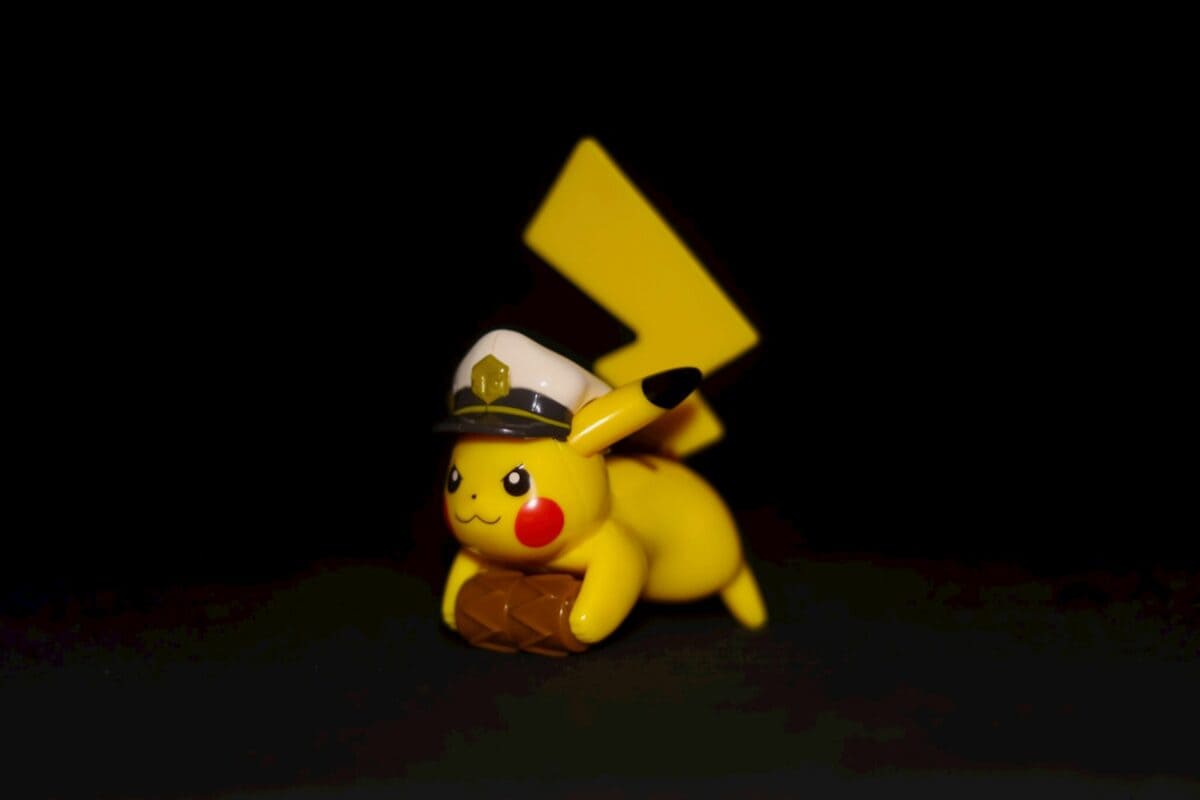
While pikas are remarkable creatures, they don’t possess the electricity-generating powers that define Pikachu. This aspect of the Pokémon’s design was a creative addition that has no direct parallel in the pika. However, some have theorized that Pikachu’s electric abilities might have been inspired by the way pikas are known to be particularly sensitive to heat. In fact, pikas are often considered an indicator species for climate change, as they can die if exposed to temperatures above 77°F (25°C) for extended periods. This sensitivity to environmental conditions may have sparked the idea of giving Pikachu a special relationship with a natural force—in this case, electricity rather than temperature. The red circular cheeks that serve as Pikachu’s electrical pouches are a completely fictional addition that has become one of the character’s most recognizable features.
Evolution of Pikachu’s Design Over Time
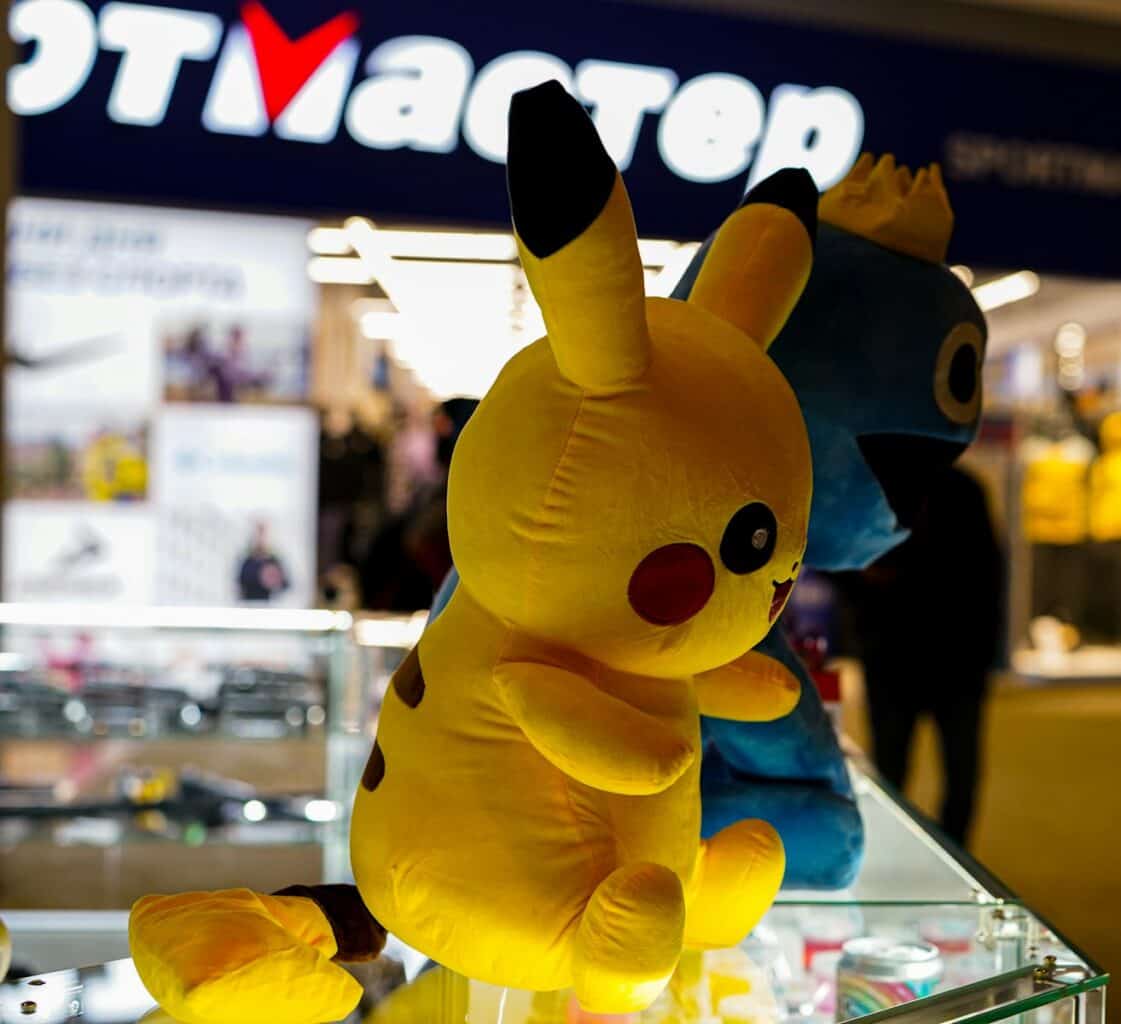
Since its debut in 1996, Pikachu’s design has undergone subtle but noticeable changes that have gradually moved it away from its pika inspiration. Early designs of Pikachu in the first generation of games showed a chubbier character with a more pronounced roundness that more closely resembled the compact body of a pika. Over time, Pikachu has been streamlined, becoming slimmer and more bipedal, emphasizing its mouse-like qualities over its pika origins. This evolution reflects both artistic refinement and marketing considerations, as the character became the face of a global franchise. Despite these changes, the core elements inspired by the pika—the round face, expressive eyes, and general cuteness—have remained consistent throughout Pikachu’s design history.
Conservation Status of Pikas

While Pikachu continues to thrive in popular culture, many real-world pika species face significant challenges. The American pika, in particular, has become something of a poster animal for the effects of climate change on mountain ecosystems. As temperatures rise, these cold-adapted mammals are being forced to move to higher elevations, with some local populations already disappearing from lower-elevation habitats. The International Union for Conservation of Nature (IUCN) lists several pika species as vulnerable or near threatened. The plateau pika (Ochotona curzoniae), native to the Tibetan Plateau, faces persecution as an agricultural pest despite its important role in maintaining grassland ecosystems. The irony that one of the world’s most beloved fictional characters is inspired by an increasingly vulnerable animal has not been lost on conservation organizations, with some using Pikachu’s popularity to raise awareness about pika conservation.
Other Real Animals That Inspired Pokémon

Pikachu is far from the only Pokémon with real-world animal inspiration. The franchise has a long history of drawing from nature to create its diverse array of pocket monsters. Bulbasaur combines elements of amphibians and plant life, specifically featuring a bulb similar to that of garlic plants. Squirtle is clearly based on turtles, while Charmander draws inspiration from salamanders and the mythological connection between salamanders and fire. As the Pokémon world expanded beyond the original 151 creatures, designers continued to look to nature for inspiration, with Pokémon based on everything from pangolins (Sandshrew) to axolotls (Wooper) to tapirs (Drowzee). This approach of transforming and combining familiar animals into fantastic creatures has been a key factor in Pokémon’s enduring appeal, creating characters that feel both magical and somehow plausible.
Cultural Impact of Pikachu
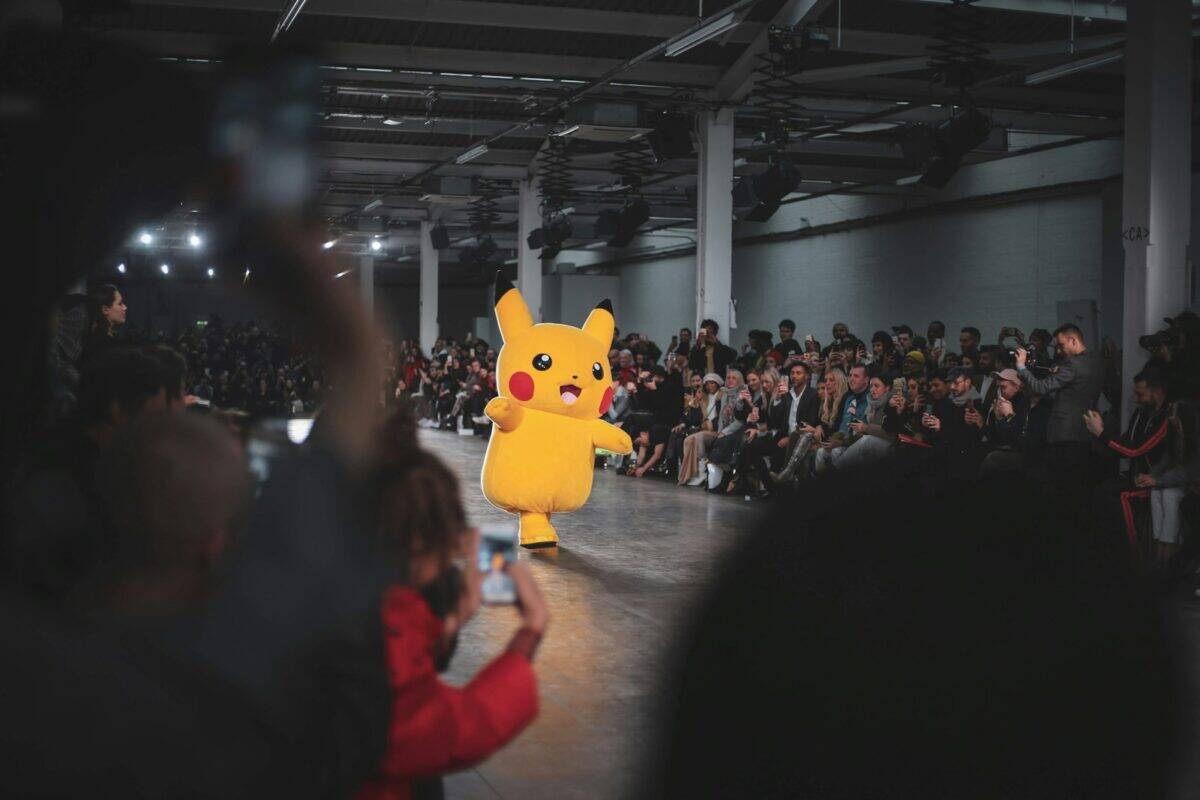
Pikachu has transcended its video game origins to become a global cultural phenomenon. As the mascot of the Pokémon franchise, it appears on everything from aircraft to parade floats, and has become one of the most recognizable characters worldwide. In Japan, Pikachu serves as an ambassador figure, with the city of Yokohama hosting annual “Pikachu Outbreak” festivals featuring thousands of Pikachu mascots. In the United States, Pikachu’s giant balloon has been a staple of the Macy’s Thanksgiving Day Parade since 2001. The 2019 film “Detective Pikachu,” featuring a realistic CGI version of the character voiced by Ryan Reynolds, grossed over $433 million worldwide, demonstrating Pikachu’s enduring appeal across generations. Through all this cultural saturation, few fans realize they’re celebrating a character inspired by a small, unassuming mountain-dwelling mammal.
Fun Facts About Pikas
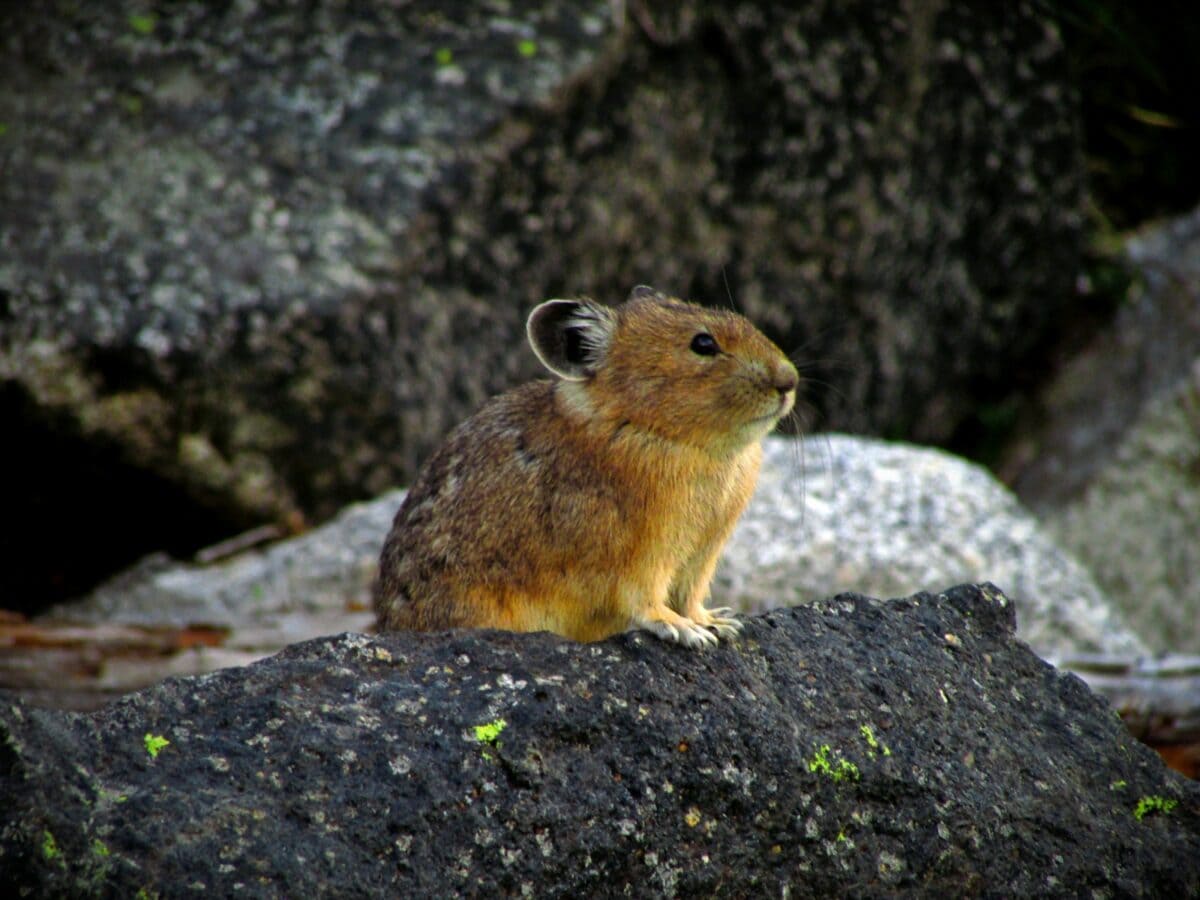
Pikas possess several fascinating characteristics that make them remarkable beyond their connection to Pikachu. Unlike many other mountain mammals, pikas don’t hibernate during the harsh winter months. Instead, they spend the summer collecting plants and flowers, which they lay out to dry in the sun before storing them in “haypiles” for winter consumption. Some researchers have observed pikas making multiple distinct calls, with different vocalizations potentially communicating different types of information to other pikas. Despite their small size, pikas are incredibly industrious, with a single pika capable of making up to 13,000 foraging trips during a summer season, collecting up to 60 pounds of vegetation. Pikas are also one of the few mammals that can thrive on a diet of tough alpine plants, possessing specialized bacteria in their digestive systems that break down the difficult-to-digest vegetation.
Conclusion: The Enduring Connection Between Nature and Imagination
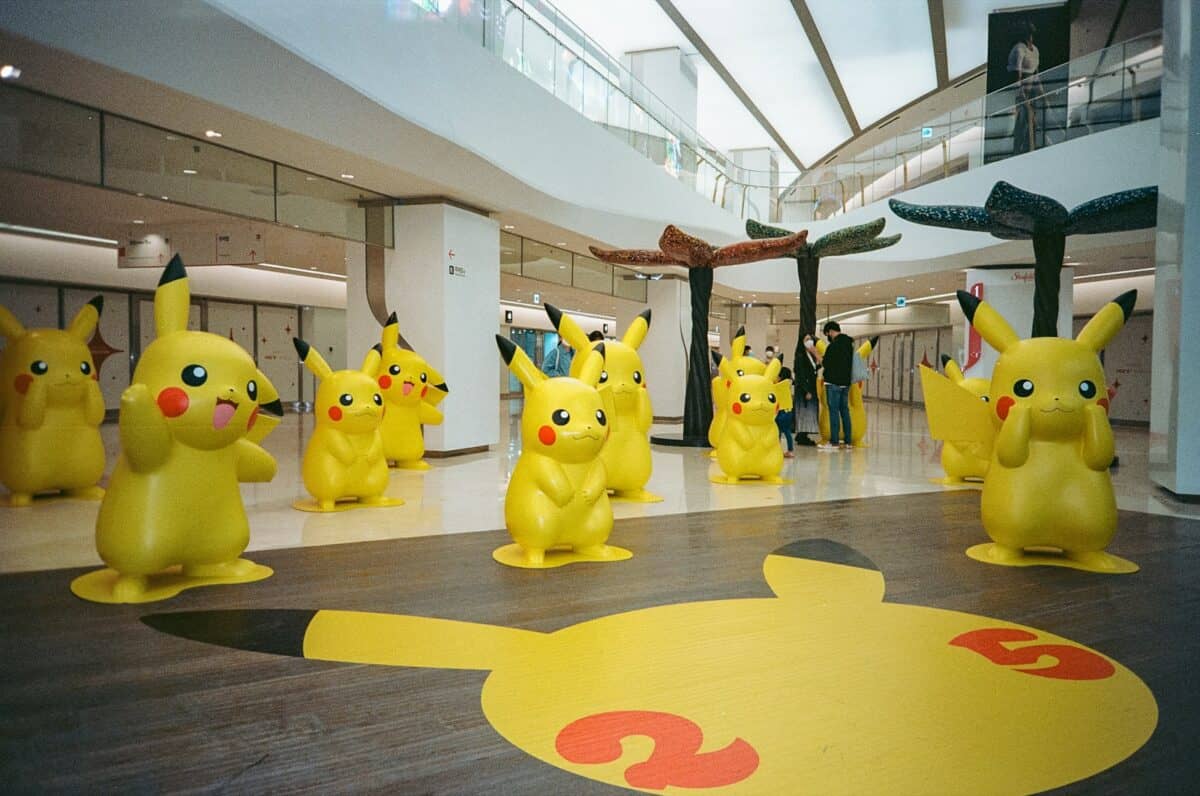
The relationship between Pikachu and the pika exemplifies how nature continues to inspire human creativity, even in our modern, technology-driven world. What began as a game designer’s admiration for a small mountain mammal evolved into one of the most beloved fictional characters of all time, demonstrating the power of nature as a wellspring of inspiration. As Pikachu continues to delight new generations of fans, it serves as an inadvertent ambassador for its real-world counterpart, potentially raising awareness about the conservation challenges facing pikas and other climate-sensitive species. This connection reminds us that even in our most fantastical creations, we often return to the natural world for inspiration, finding wonder in the real animals that share our planet. Perhaps the enduring popularity of Pikachu will inspire more people to learn about and appreciate the remarkable little creatures that helped bring this electric mouse Pokémon to life.
- The Island Where Endangered Birds Are Making a Comeback - August 9, 2025
- Could the Ogallala Aquifer Run Dry in Our Lifetime? - August 8, 2025
- The Fish That Can Bite Through Bone - August 8, 2025

